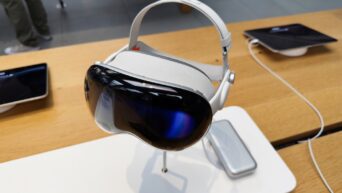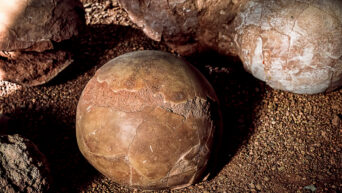
Credit: Unsplash
Is there anything those little plastic bricks can’t do?
Everyone loves to play with LEGOs. Those little plastic bricks have been a source of entertainment, creativity, and discovery for kids and adults for decades now, and as both kids and adults become more creative and inventive, the possibilities have only grown. With belts, bands, and tiny motors, you can create all manner of fascinating devices, including, apparently, a fully functional high-resolution microscope.
German biophysicist Timo Betz of the Universities of Göttingen and Münster was playing with LEGO bricks with his 10-year-old son when the two of them were suddenly struck with inspiration: if you can build anything out of LEGOs, why not a functioning microscope?
“My first reaction was that this is too hard, because of the precise movements and all the parts that are non-LEGO,” recalls Betz in a paper on the process published in The Biophysicist. “But my son came up with a series of great ideas on how to overcome the difficulties that I explained to him; he even figured out a way to use a LEGO light source to illuminate the samples.”
German scientists built a high-resolution microscope out of Lego bricks. The only non-Lego components are the lenses, salvaged from smartphone cameras. https://t.co/5ENnum9ZOl
— Jennifer Ouellette (@JenLucPiquant) July 2, 2021
Betz, his son, as well as Betz’s colleague, Bart Vos, spent the next year tweaking their prototype design, and eventually ended up with a viable prototype that could, in the team’s words, “push the limits of the brick system.” While a seemingly simple LEGO tower at a glance, the internals of the device utilize a surprisingly complex gear rack system that provide multiple levels of magnification. The only non-LEGO parts in the build are cheap iPhone 5 camera lenses; using these lenses and the magnification system, the microscope can achieve magnification of up to 254x.
The team has penned simple step-by-step instructions for the assembly of the microscope so it could be used for a fun science experiment in classrooms. In a test case at a local school, kits with the necessary parts were distributed to students, who apparently all had a blast assembling the device and using it to look at stuff. Betz hopes the LEGO microscope can serve as a cost-effective means of getting kids more interested in scientific pursuits.
“It was actually a lot of fun to develop this,” Betz says. “I just hope that children and their parents have a chance to realize here that even with simple tools, one can do amazing things.”
































